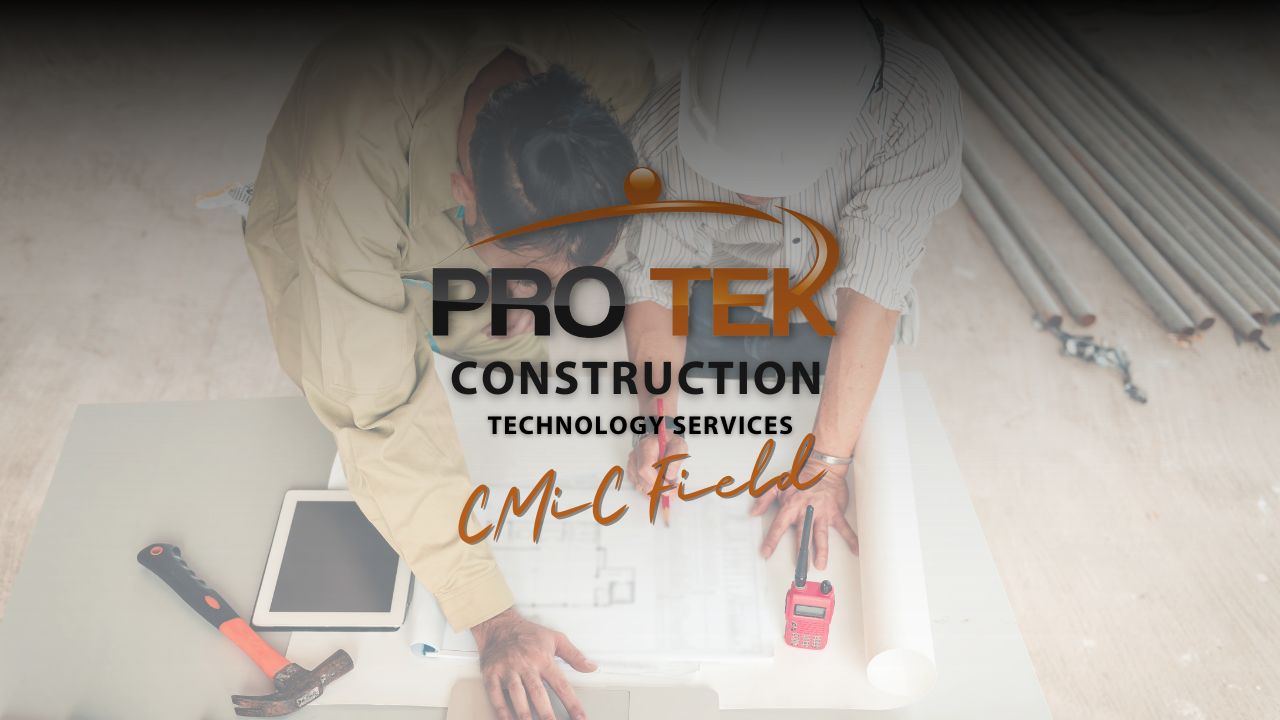In this article, we will delve into the topic of PCI setups, specifically for construction companies. PCI (Potential Change Item) is a critical component of the construction process and is closely tied to the total cost to complete a project. A PCI is essentially an item or condition that is not currently included in the project scope, but has the potential to change and affect the overall project cost or timeline.
During the course of a construction project, there can be numerous factors that trigger a PCI, such as unexpected site conditions, design changes, or delays. Properly identifying and managing PCIs is crucial to ensure that they are accurately tracked and accounted for in the project budget and schedule.
Here are some common types of PCIs in construction projects:
- Change orders - This type of PCI is used when there is a change in the original scope of work, which will affect the total cost of the project.
- Extra work - This type of PCI is used when the contractor or subcontractor is required to do additional work that was not originally part of the scope of work.
- Credits - This type of PCI is used when the owner or the general contractor provides a credit to the contractor or subcontractor for work that was not completed or required.
- Adjustments - This type of PCI is used when there is an adjustment in the original cost estimate due to a change in the cost of materials or labor.
- Backcharges - This type of PCI is used when the contractor or subcontractor is backcharged for work that was not completed or done incorrectly.
- Allowances - This type of PCI is used when there is a contingency allowance for unforeseen or unplanned work.
When it comes to PCIs, a common issue is entering a change order correctly. Change orders are a common occurrence in construction projects, and they can have a significant impact on the overall cost of the project. If a change order is not entered correctly, it can cause confusion and lead to errors in the cost tracking process.
One issue that can arise is not including all the costs associated with the change order. For example, a change order may require additional materials, labor, and equipment that were not originally accounted for in the project budget. If these costs are not properly recorded and accounted for in the PCI, the total cost of the project may be affected.
Another issue is not properly documenting the change order. It is essential to have a clear record of the change order, including the reason for the change, the parties involved, and any associated costs. If this information is not correctly entered into the PCI, it can cause confusion and errors in the project's cost tracking.
Additionally, there can be issues with timing. If a change order is not entered into the PCI in a timely manner, it can impact the project's cost tracking and lead to delays in the approval process. It is essential to have a clear process in place for documenting and processing change orders to avoid these issues.
Failing to properly manage PCI can lead to significant cost overruns and delays, which can have a negative impact on the project's profitability and success. Therefore, it is essential for construction companies to establish effective PCI management practices, including proper setup and tracking within their construction management software such as CMiC.
At ProTek Partners - Construction Technology Services, we have the expertise to assist companies in setting up PCIs correctly and ensuring they are utilizing them to their fullest potential. Don't let workarounds and manual processes hinder your PCI setup process - contact us today to learn how we can help you optimize your construction project management with CMiC!



